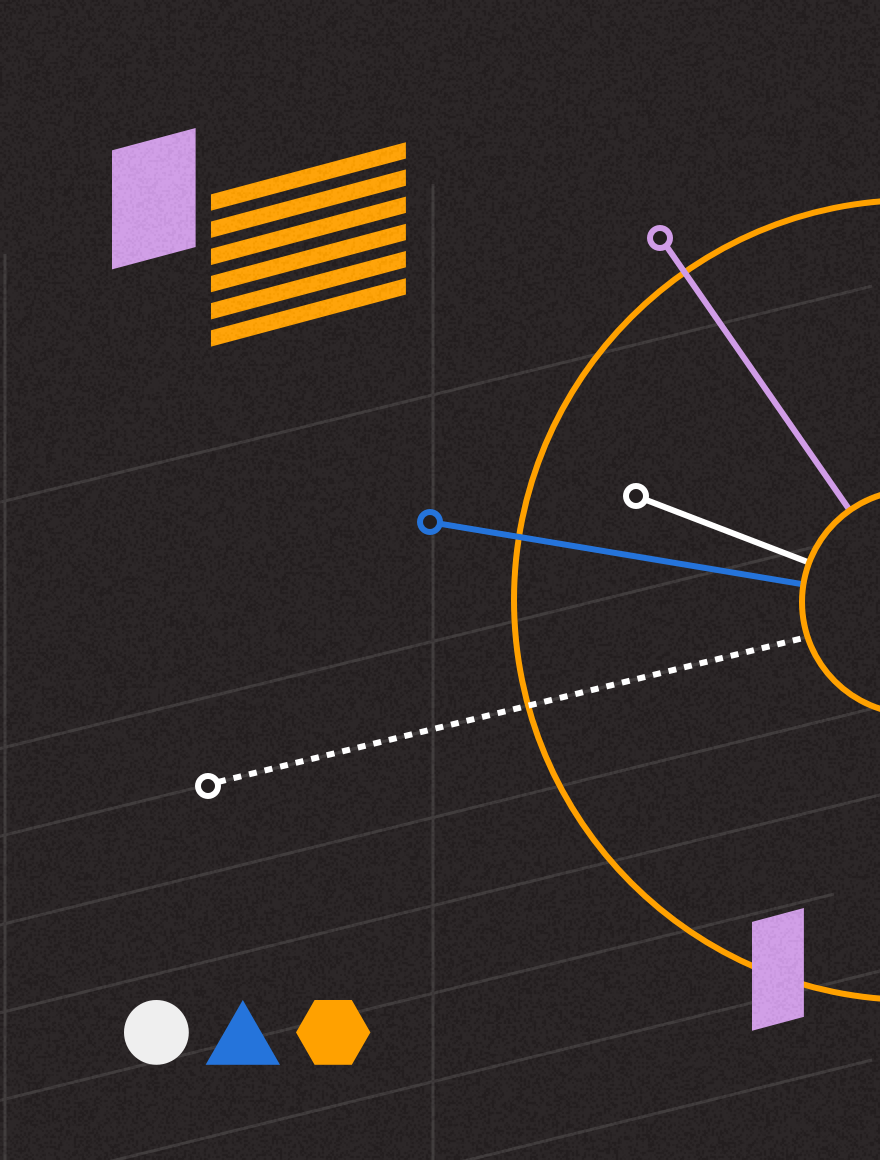Push notifications and emails are both powerful ways to deliver messages to your users.
While these two mediums have some similarities, the methods and strategies used in email marketing are quite different than what is required to be successful with mobile push notifications.
Today we’re exploring how push and email differ, and what you need to know to do push notifications right!
Key Differences Between Push Notifications vs Email
Length: Push Notifications are Super Short
The most obvious difference between push messages and emails is the length. While emails can vary in length, push messages are often less than 50 characters!
While you never want to take up too much of your customer’s time, with push notifications, hitting that short and sweet mark is even more important.
Most users simply won’t engage with long push notifications that look more like prose than alerts – keep your messages short, clear, and to the point.
Intimacy: Smartphone Push Notifications Trump Inbox For Intimacy
Marketers recognize that an individual’s inbox is a much more intimate space than a web browsing session, but push notifications are even more intimate. Users look to their phone when they’re in bed, in the bathroom – for many, a smartphone is similar to a safety blanket.
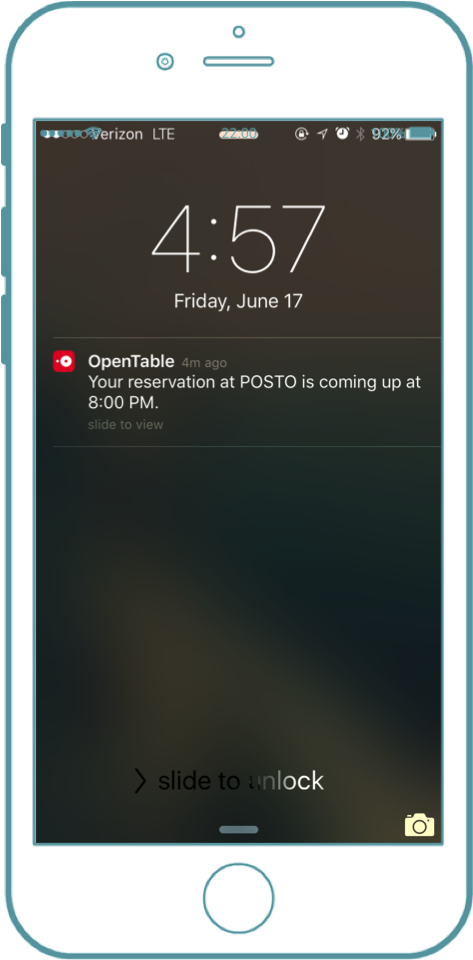
Asking for a user’s attention in such a personal, intimate space requires a certain level of tact. If an email to a user’s inbox is like ringing the front doorbell, a push notification is like knocking on the bedroom door!
Never be spammy or obnoxious with your push notifications, and always highlight the value and user incentive. You should only be sending push notifications about news that will be interesting to the user, not interesting just for your app (for example, will users really care about the 2.3 edition of your app that features new button sizes? Probably not, so don’t bug them about it).
Different Tolerance Thresholds: Push Gets Away With Less
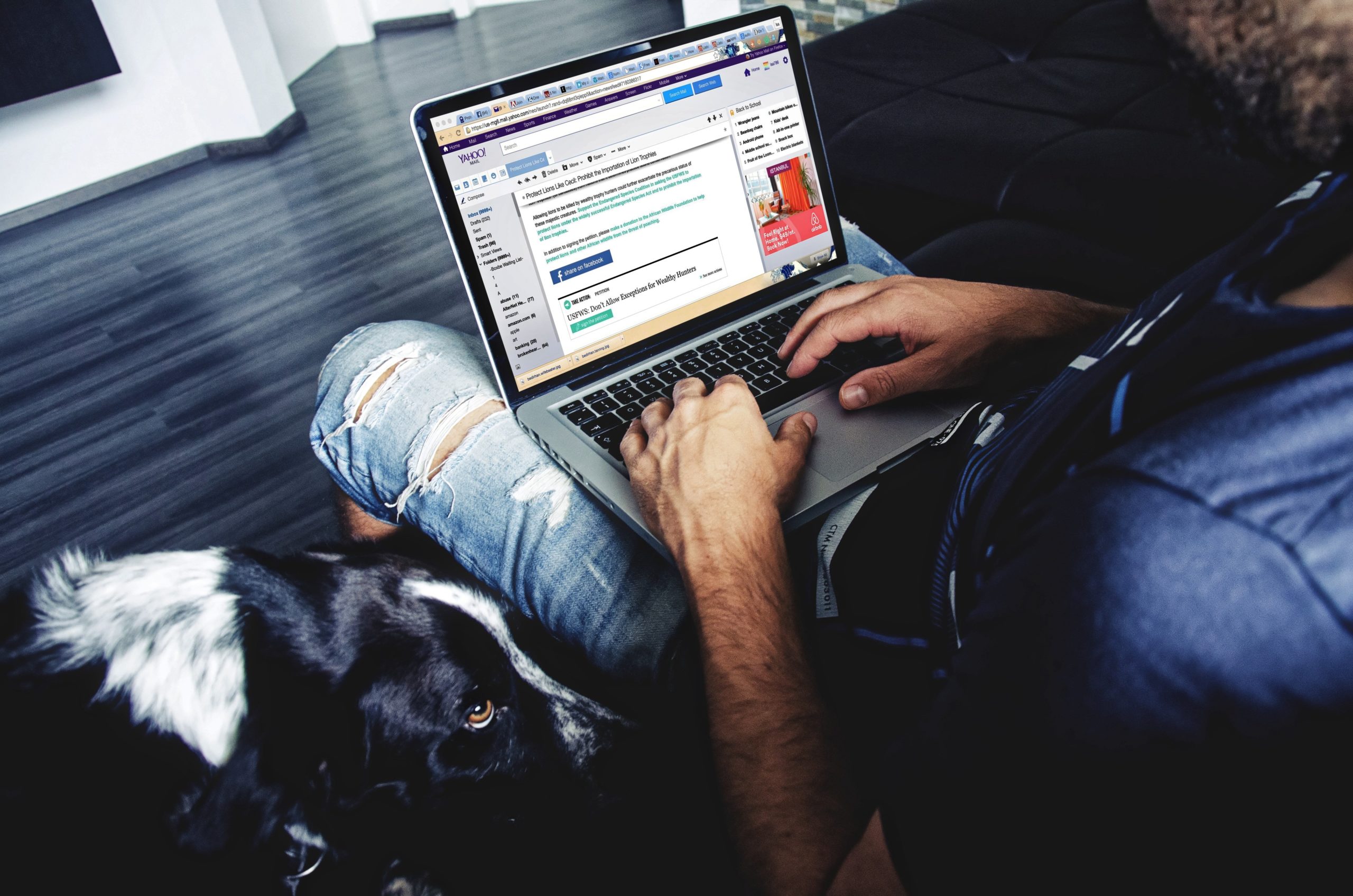
Many users will opt into mailing lists and never unsubscribe – they’ll simply ignore your emails or delete them when they come in.
While of course you’d rather have users read your emails than delete them, the relatively lower chance of an unsubscribe action allows for multiple opportunities to reach out and re-engage email subscribers.
However, most app users have a much lower tolerance threshold when it comes to push notifications – if you message them every day with annoying interruptions that provide no value, they’ll turn off push notifications and you’ll never be able to contact them again.
Getting users to re-activate push permissions after they turn them off is very difficult, so it’s best to tread carefully when composing your push notification campaign.
Content vs. Alert: Email Tends to Deliver More Completed Content
One major difference between these two communication channels is what they are used for.
Both emails and push notifications can be used to alert customers to a special sale or new features.
However, while emails can serve directly as content, push notifications don’t really have this ability, except in a very limited capacity.
In an email, you can provide users with a full blog-post length piece of content if you’d like. You can give a complete message with no additional action needed.
Push notifications, on the other hand, are almost always acting as a middle man, trying to get users to click into your app or take further action. This isn’t to say there aren’t exceptions – weather updates and transactional notifications are a few ways to deliver content directly via push notifications. Still, for the most part, push is used to drive additional action, rather than serve value by itself.
Sound Alerts, Punctuation, Emojis, & Rich Push
Unique sound alerts, punctuation, and emojis are all powerful tools for making a push notification stand out and capture attention. While punctuation and emojis are also incorporated into some emails, they primarily focus on just the subject line.
Push notifications also have the unique ability to, in some cases, attach CTA-style buttons to their messages.
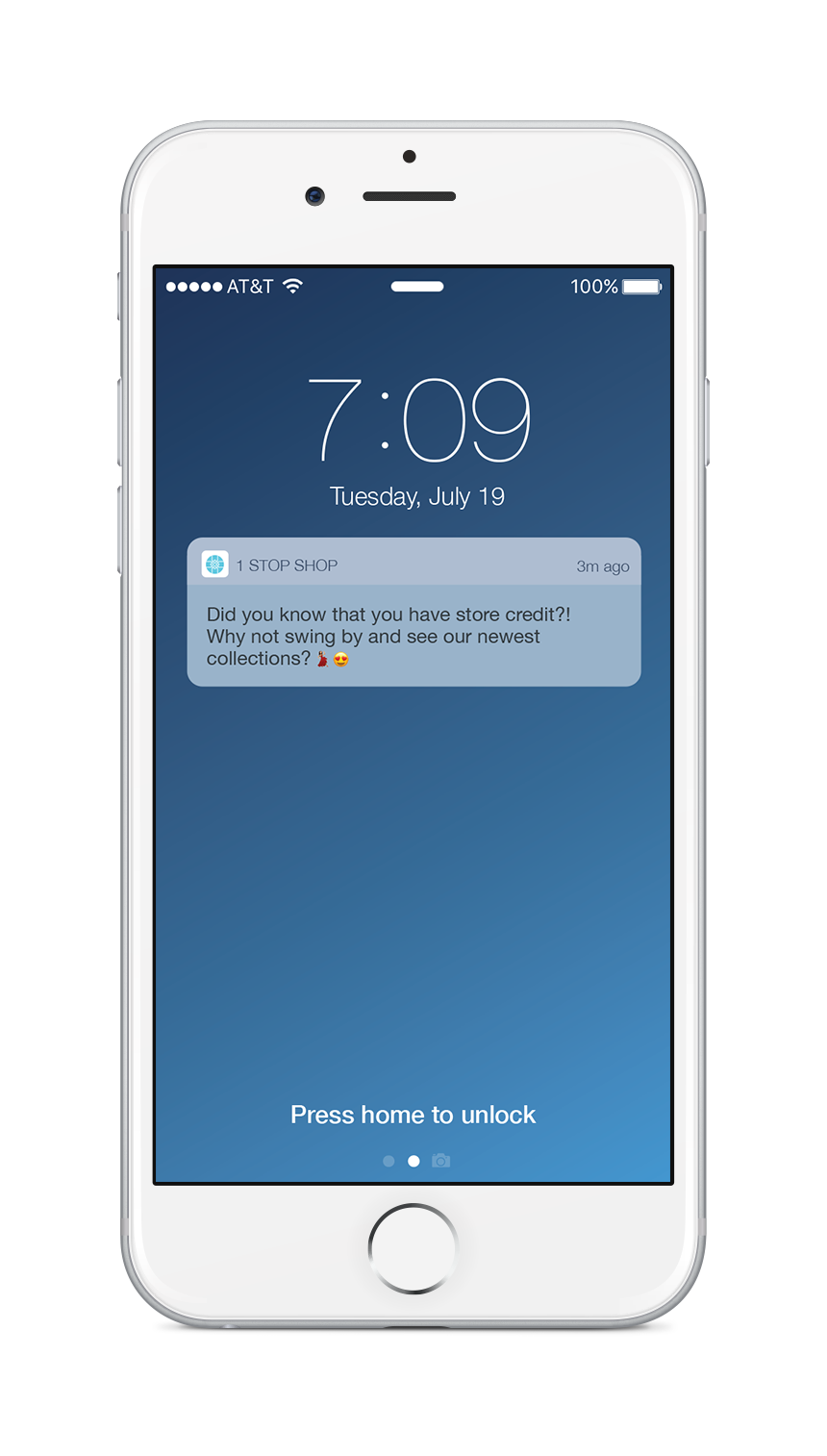
Push notifications can even include images or other extra media. These are referred to as rich push notifications, and they’re definitely worth experimenting with!
More Rewarding A/B Testing With Push
There’s no denying that A/B testing is vital for pulling off a successful marketing campaign, and that’s true for email and push alike.
However, A/B testing with push notifications is unique because you have such little content to work with. This means that even the tiniest changes can reap huge rewards – whether that involves adjusting just one or two words, mixing up punctuation, or switching a smiling emoji for one that’s crying for joy (we humans are a fickle bunch).
Because even tiny changes can have big effects, some may find A/B testing with push a bit more fun and exciting than with other mediums like email.
The Most Meaningful Metrics: What to Measure for Push vs Email
Push notifications and emails share some similar metrics for measuring success, as well as a couple key differences.
For both methods, it’s important to examine:
- Open Rates. Whether email or push, it’s important to know how many users are opening and looking at your message. For push, this would apply to those notifications which you can expand to consume the whole message.
- Click-Through-Rate. Push notifications and emails also both rely heavily on CTR as a metric to measure. Who is clicking through on your messages and being sent on to the next step in your campaign path?
- Conversion Rate. Conversion rate is another metrics that’s essential for both push and email. Was your message effective at driving a conversion?
Push notifications have a few additional metrics that are important to take into account, such as:
- Time in App After Notification. This is an additional metric to help measure the engagement that resulted from your push message. Some users may not click through on your push notification, but may go open your app later as a result of your interaction.
Push Provides the Ultimate Personalization Power
Marketers have already been implementing personalization strategies into email – usually this simply involves capturing an individual’s name, and incorporating that into the email message.
However, apps have the ability to take personalization to the next level – we’re talking way more powerful info than just a user’s name.
With apps, you can collection a vast amount of user data including:
- Past purchases
- Location
- Tastes and interests
- App activity and time in app
- Plus tons of other detailed behaviors and demographic data
App marketers can then segment individuals into various groups based on their behaviors and user data, while creating targeted funnels personalized to each segment.
For example, imagine one user spends most of their time in your news app watching videos, while another user spends time reading hot-off-the-press text articles.
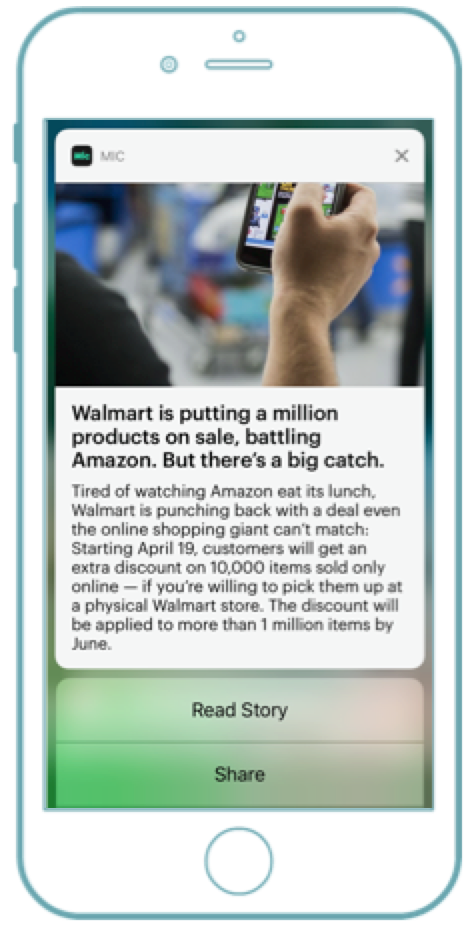
You might create two different push notifications (one notifying the user of a new video, the other pointing out a new article) to promote the same news story, personalized for the two different users.
This kind of deep personalization is highly valuable, and access to large swaths of user data allow push notifications to use a unique level of granularity that emails can’t come close to matching.
***
As you can see, while push notifications and emails have some similarities, they are, for the most part, entirely different beasts.
Don’t make the mistake of copy and pasting your email marketing strategies onto push; push notifications require an entirely different approach and need their own tailored campaigns to truly capitalize on the power of push!
